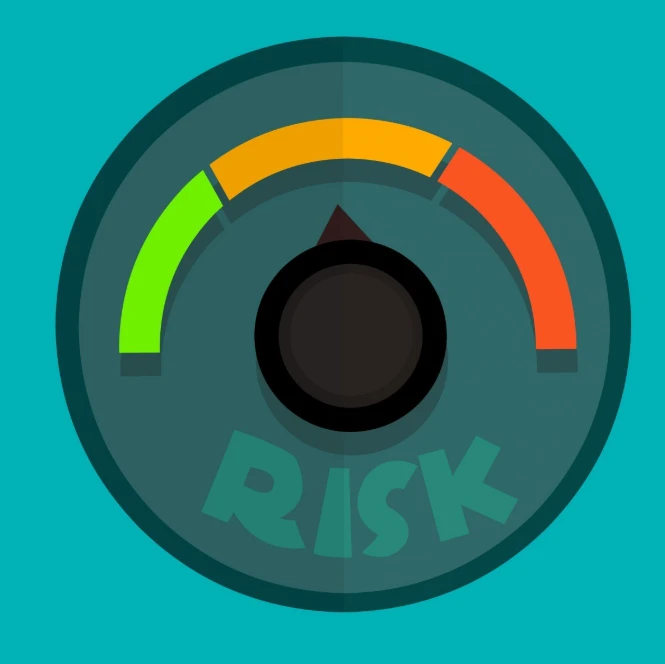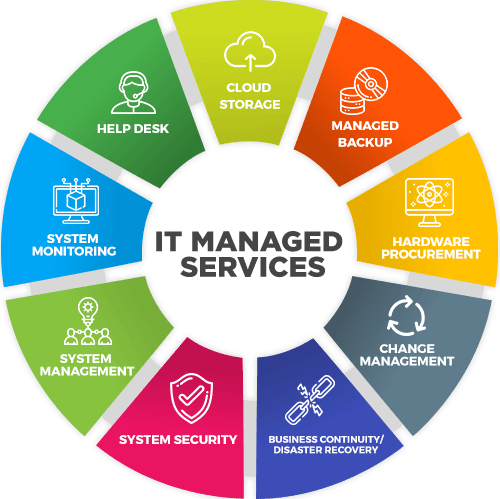How to Conduct a Cybersecurity Risk Assessment
Updated on April 25, 2025, by Xcitium

In today’s evolving threat landscape, cybersecurity risk assessments aren’t just a best practice—they’re a business necessity. Whether you’re an enterprise CISO or an MSP supporting SMBs, regularly assessing your organization’s cybersecurity posture can uncover hidden vulnerabilities, prioritize mitigation efforts, and ensure compliance with industry standards like NIST, HIPAA, and ISO 27001.
In this guide, we’ll walk you through how to conduct a cybersecurity risk assessment step-by-step, so you can strengthen your defenses before attackers find the cracks.
What Is a Cybersecurity Risk Assessment?
A cybersecurity risk assessment is a structured process used to identify, evaluate, and prioritize risks to an organization’s digital assets. It helps determine where your most valuable data resides, how it’s protected, and what vulnerabilities could be exploited by threat actors.
By identifying potential threats and weaknesses, you can make smarter, risk-based decisions about what cybersecurity controls to implement.
Why Cybersecurity Risk Assessments Matter
- Prevent Costly Breaches: Risk assessments can uncover weak points before attackers exploit them.
- Meet Compliance Standards: Regulators and frameworks like NIST, CMMC, and PCI DSS require documented risk assessments.
- Enable Proactive Defense: They inform smarter investments in prevention, detection, and response technologies.
Step-by-Step: How to Conduct a Cybersecurity Risk Assessment
- Define the Scope and Objectives
Start by identifying what systems, data, applications, and networks are in-scope. Will you assess your entire organization or focus on a critical business unit? Clear boundaries are essential.
- Identify and Classify Assets
Make an inventory of digital assets, including:
- Endpoints (laptops, servers, mobile devices)
- Data (customer PII, financial records, intellectual property)
- Software and applications
- Cloud and third-party integrations
Classify assets based on their value, sensitivity, and role in business operations.
- Identify Threats and Vulnerabilities
Next, consider what types of threats your assets face:
- Malware, ransomware, phishing, insider threats
- Software vulnerabilities
- Misconfigurations or human error
Use vulnerability scanners, threat intelligence feeds, and historical incident data to inform this step.
- Assess Existing Security Controls
Catalog what protections you already have in place:
- Firewalls, antivirus, EDR, SIEM, MFA
- Security policies and user awareness training
- Incident response plans
Evaluate whether these controls are adequate or if gaps exist.
- Determine the Likelihood and Impact of Each Risk
For each threat-asset pair, rate the likelihood of occurrence and the impact it would have if realized. This could be financial, reputational, operational, or legal.
Use a risk matrix or scoring system (e.g., low, medium, high) to prioritize your findings.
- Calculate Risk Levels
Risk = Likelihood × Impact
This simple formula helps you quantify the level of risk and rank them to inform decision-making.
- Develop a Risk Mitigation Plan
Based on your risk rankings, develop action plans for:
- Reducing risks (e.g., patching systems, deploying EDR)
- Transferring risks (e.g., cyber insurance)
- Accepting low-level risks with a justification
- Monitoring risks over time
- Document and Report Findings
Communicate results clearly to leadership and stakeholders. Include:
- Assessment methodology
- Key risks and vulnerabilities
- Recommended mitigations
- Residual risks and timelines
- Continuously Monitor and Reassess
Cybersecurity is not a one-time event. Reassess risk regularly—at least annually or after major system changes, M&A activity, or a cyber incident.
Cybersecurity Risk Assessment Template
While every organization’s needs are different, a standard risk assessment template should include:
- Asset inventory list
- Threat and vulnerability analysis
- Risk rating matrix
- Recommended controls and timelines
- Executive summary
Tools like Xcitium’s Risk Assessment Dashboard make this process easier, faster, and fully auditable.
Cybersecurity Risk Assessment Best Practices
- Align with frameworks like NIST SP 800-30 or ISO/IEC 27005
- Engage cross-functional teams (IT, legal, finance, HR)
- Consider third-party risks from vendors and supply chain
- Simulate potential attack scenarios
- Use automated tools to support manual analysis
Why Choose Xcitium for Cyber Risk Management?
Xcitium empowers organizations with ZeroDwell technology, proactive threat intelligence, and real-time risk insights. Our integrated platform helps security leaders identify risks before they become breaches—without the guesswork or manual effort.
Conclusion
Cybersecurity risk assessments aren’t just check-the-box exercises—they’re essential for protecting your business, your customers, and your reputation. By following this structured approach, you can gain visibility, reduce exposure, and ensure your cybersecurity investments are driving real protection where it matters most.
Let Xcitium help you assess, mitigate, and monitor cyber risk with confidence.












